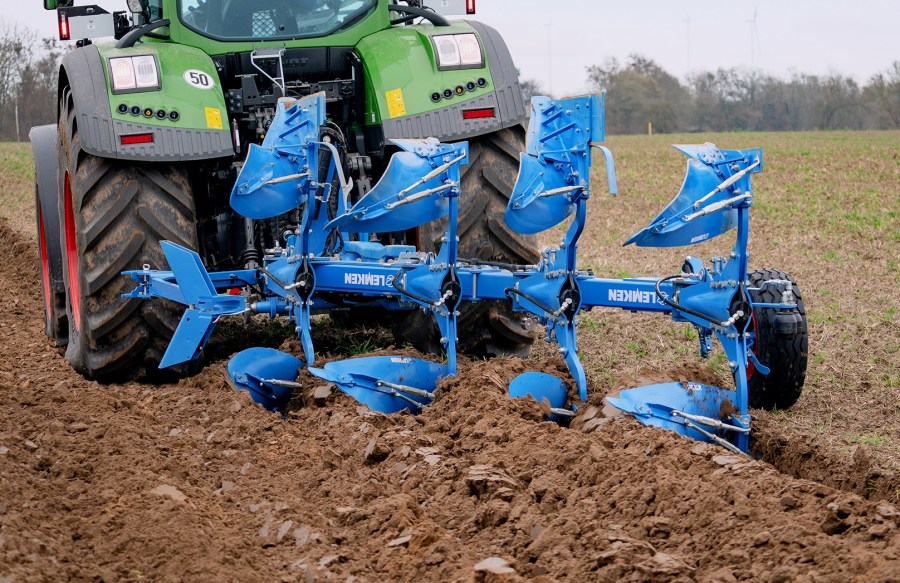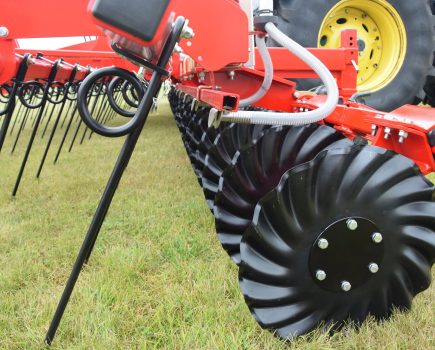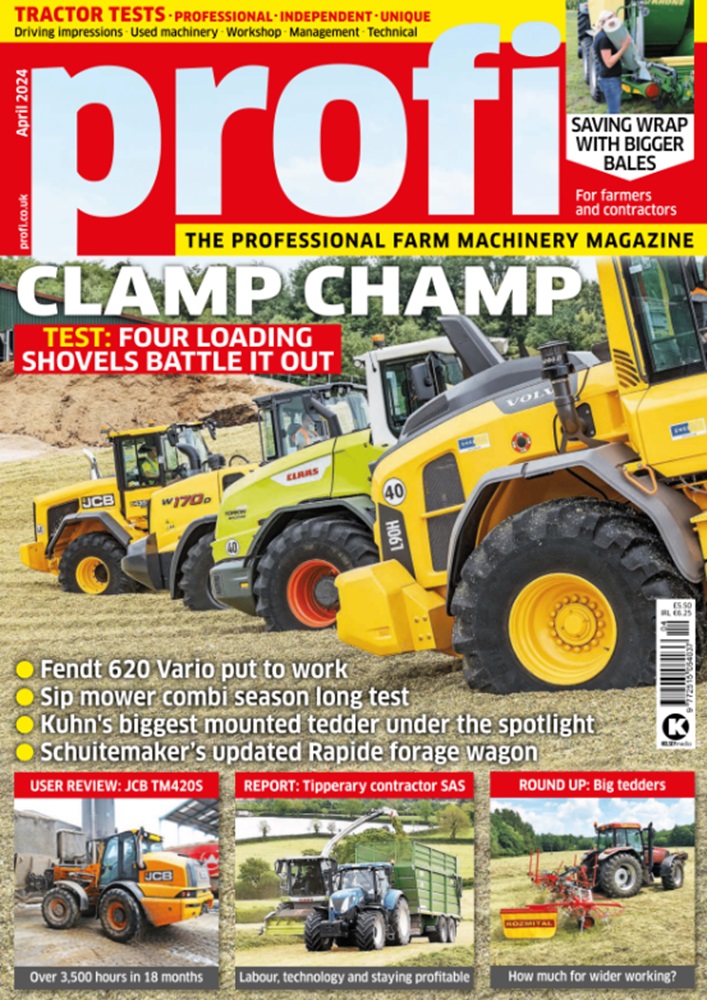Designed to break up compaction, improve soil fertility and increase yields, the bodies on the new implement work at alternating depths to create channels in every other furrow. These are filled with humous-rich topsoil.
Developed in collaboration with the Leibniz Centre for Agricultural Landscape Research, plant roots grow into deeper soil levels to access the water and nutrients retained there. Trial work shows that more than half of the humous introduced in this manner is retained to secure the long-term storage of CO2 in the soil and yield increases of up to 5.0% have been recorded even in the first year.
The lower soil layers with little humous which are ploughed up in the process are mixed with the topsoil and form new humous-rich topsoil within a matter of only a few years, as carbon is introduced from crops. The method can be repeated diagonally to the main direction of work after five to ten years.
When paired with an IQblue connect module, the carbon farming plough, which is based on currently available Lemken models, will be capable of collecting site-specific work data and precisely documenting the depth and position of the channels created. The new plough is expected to be available from mid-2024.





